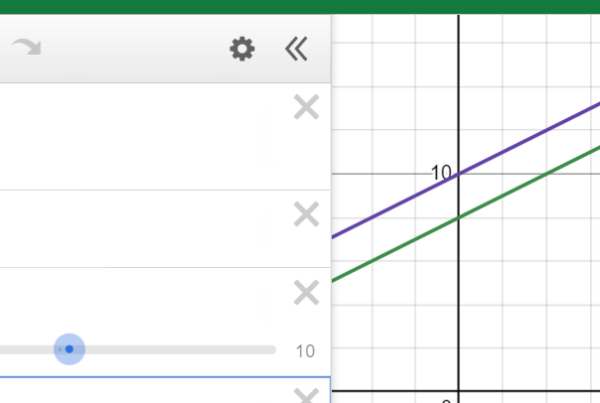We have previously written about the new Digital SAT that is being rolled out at International testing sites initially, and throughout the US during the 2023-24 school year (here). And we have discussed the detailed rollout timeline for the College Board’s Digital SAT suite of tests in the US (here). We are now going to dig into how the content of the new digital test differs from the current paper and pencil version of the SAT. This and the next blog on the new Digital Math section will give you a taste of what to expect, with more detail to follow in the coming weeks.
Perhaps the biggest difference between the Digital SAT and the previous paper version is on the verbal side. While on the Digital test, the verbal score will remain a number with a maximum of 800, the previous Reading section and Writing section are now combined into one Verbal section (uncreatively called “Reading and Writing”), with 2 modules. Recall that the 2 modules will be “adaptive” – meaning that when the test is taken digitally, how well you do on the first module will dictate whether you are sent to a relatively more challenging 2nd module (if you scored very well on the 1st module) or a relatively easier 2nd module (if you scored not as well on the first module.) The details of this process and the cutoff for which 2nd module you will get are not transparent. But the advantage of this adaptive process is how much more streamlined the test will be for the students. And while you will still be tested on basic reading comprehension, grammar rules and English conventions, vocabulary, and punctuation, the format of the questions is completely different.
What’s Different?
Gone are the 5 long Reading passages. Gone are the 4 long Writing passages. The 100 minutes combined for the Reading and Writing sections on the old version of the SAT will now be transformed into two 32-minute digital adaptive modules, each with only 27 questions – that’s more than a third shorter in time, and just over half the number of questions. That sounds too good to be true, you might be thinking. How is that possible? The answer is the adaptive nature of the test – their “secret sauce,” if you will. Well, it’s actually not a secret at all – such adaptive testing has been used to streamline other standardized tests such as the Graduate Record Exams (GRE) and Graduate Management Admissions Test (GMAT).
What Is the New Verbal Section Like?
The new Digital SAT Reading and Writing modules will have shorter, paragraph-long passages (25-150 words long) for each question. That’s one question for each short paragraph passage. The test will have questions specifically designed to test vocabulary. Other types of questions will test knowledge of grammar rules. And other short reading excerpts from cited literature will be followed by only 1 question pertaining to comprehension of that passage. Poetry will also be included. The short passages will cover topics including literature, history, social studies, science, and humanities. The wide-ranging topics of each question will appeal and interest students in a way that the longer passages may or may not have, although some students may find the rapid-fire change of topics between each question’s short passage to be quite challenging and mentally taxing.
On the other hand, imagine being that student who hates to read about outer space – planets, nebulae, black holes, etc. On the previous pencil and paper SAT, 1 whole reading passage with 10 questions (about 20% of their overall Reading score) could be about their least favorite topic of outer space. Now, with the new Digital SAT, there may be only one or two questions and one short paragraph-long passage about outer space. Or for many students, their least favorite reading passage on the old SAT paper format was the “Historic passage,” which covered topics including the American Revolution, the Founding Fathers, and the Women’s Suffrage movement. Now, on the digital test, if these topics appear, they are only for 1 question based on a very short passage, rather than 10 or 11 questions and a longer, dense passage that was challenging to read through.
The various types of questions (vocabulary, reading comprehension, grammar, etc.) are also now intermingled. The question types do, however, tend to be clustered to help the student with test flow. Also intermingled throughout the test are “test”(i.e. unscored) trial questions that used to be included as an extra “experimental” section. These trial questions are interspersed among the actual questions on the Digital SAT.
What’s Next?
Watch your inbox for more information as Mindfish fine-tunes special preparatory materials over the next few months for the new Digital Adaptive SAT Suite of tests. We will be ready to help prepare you for the Digital PSAT/NMSQT in the Fall 2023, and the Digital SAT when it debuts in the US in early 2024.
In the meantime, keep on reading! And enjoy your summer!
Interested in learning more about Test Prep at Mindfish?
Contact us today to find out what our dedicated tutors can help you achieve.





